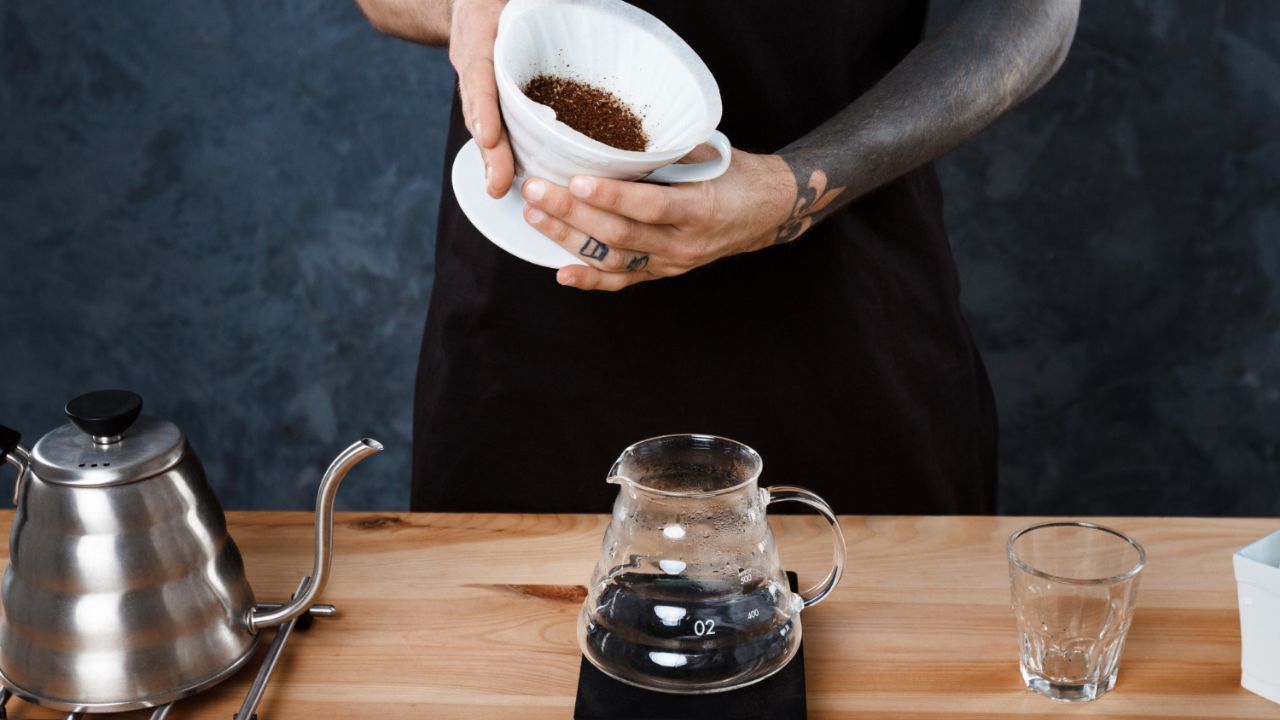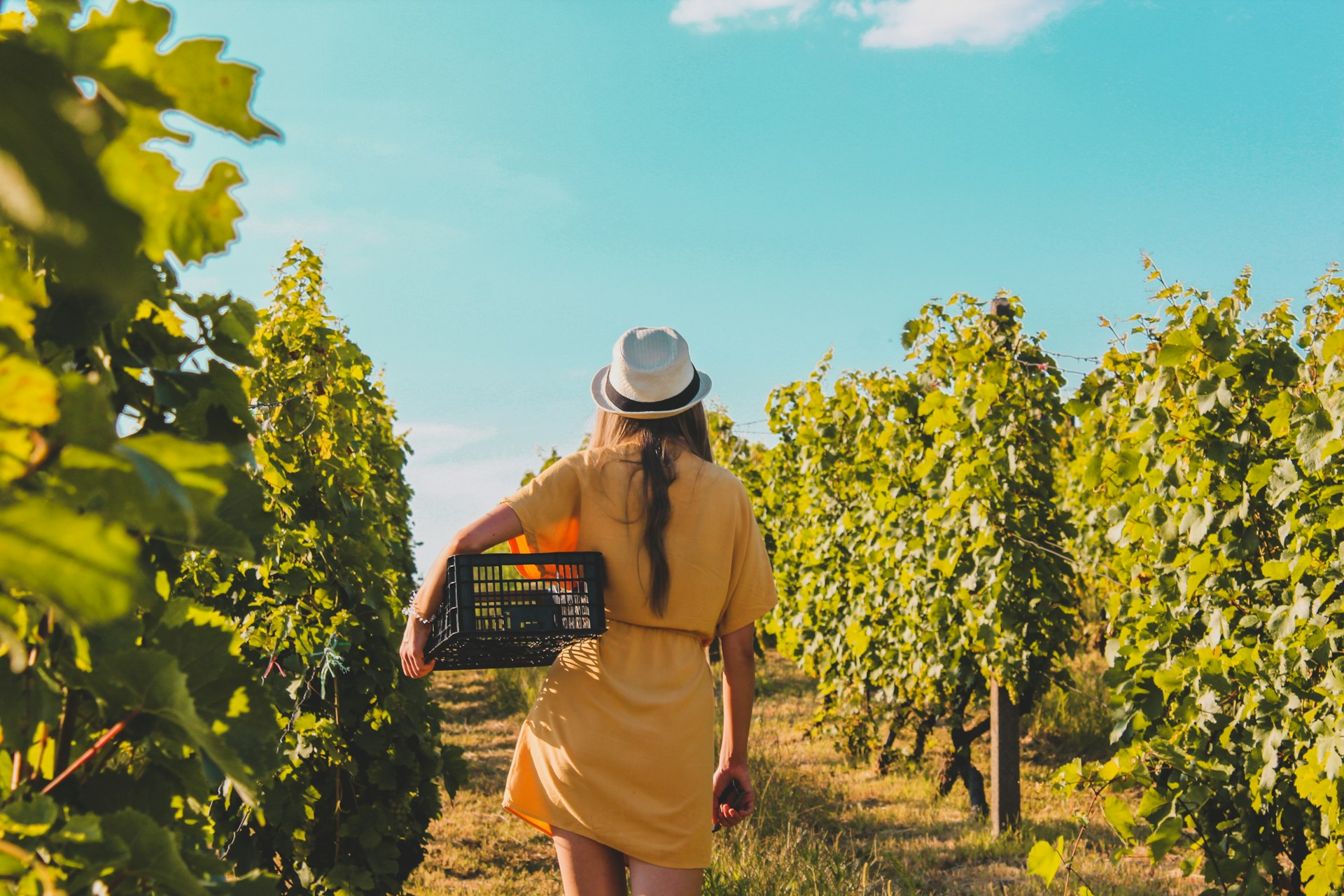Halloween tables carry more history than costumes suggest. Across Ireland, Britain, and parts of Europe, late autumn once marked a hinge between harvest and remembrance. Communities leaned on foods that traveled well, warmed quickly, or tucked fortunes inside a crumb. Apples stood for health and renewal. Grains and milk signaled plenty. Spices followed trade and turned simple pots into celebration. What follows traces familiar treats back to older kitchens, where ritual and supper often shared the same bowl and season.
Soul Cakes
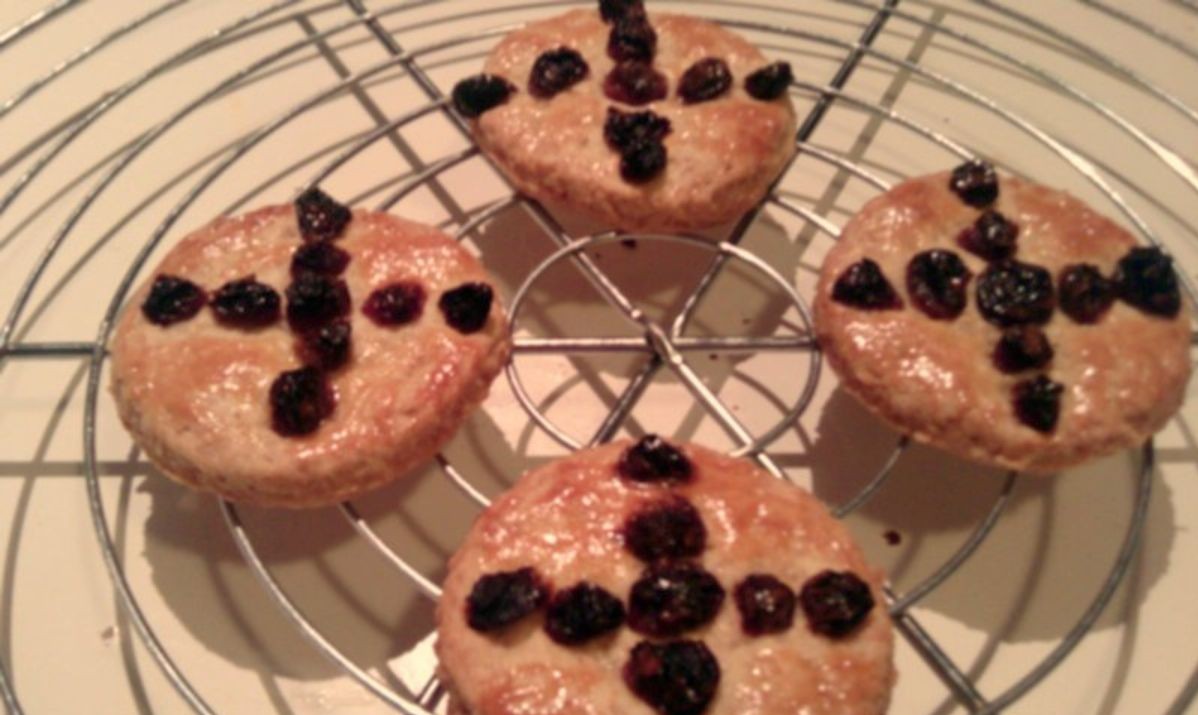
Small spiced rounds moved door to door in late Oct. and early Nov., exchanged for prayers for the dead. Bakers used flour, butter, and warm spice, often pressing currants into a simple cross. Children and the poor souled from house to house, and families tallied cakes given as a kind of ledger of care. The custom tied charity to remembrance and traveled easily, shifting with cost and taste while keeping its purpose intact across towns and parishes.
Irish Barmbrack

This tea-soaked fruit loaf hides charms that once forecast the year ahead: a coin for luck, a ring for marriage, a bean for lean days. Yeast and dried fruit give a tender crumb; the crust bakes to a soft gloss. Slices were cut carefully so each token found a meaning, and bakers wrapped trinkets to keep them clean. Served near Samhain, the brack read like a friendly oracle, turning dessert into a small ritual shared at a crowded table.
Colcannon
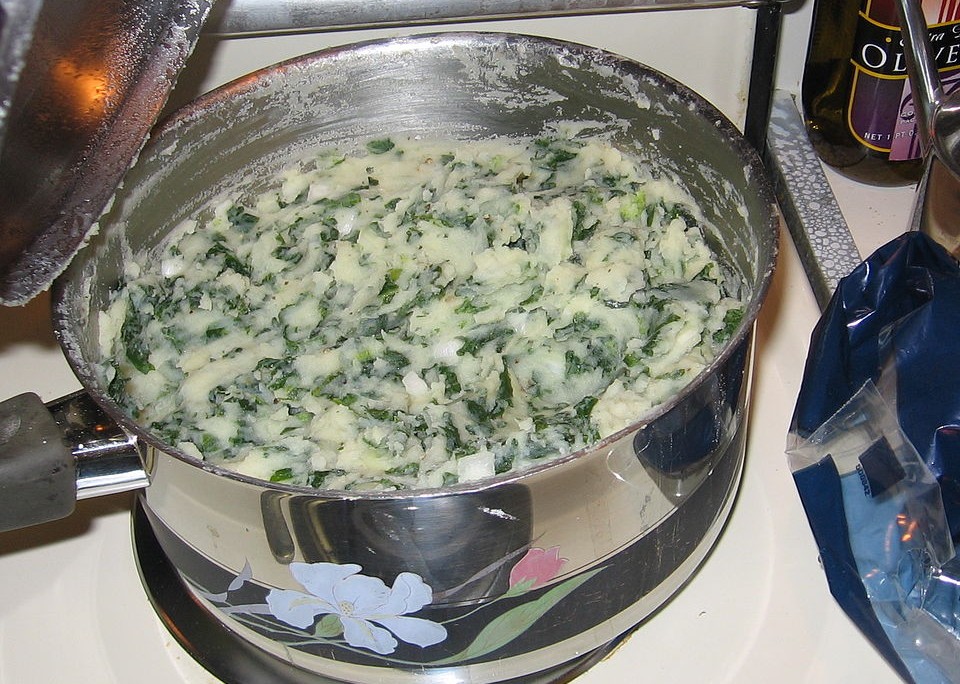
Mashed potatoes folded with cabbage or kale, scallions, and a bright gloss of butter speak farmhouse logic. Roots and dairy met where cellars and cows did their part, feeding many with little show. On Halloween night, cooks tucked small tokens or a ring into portions to nudge fortune for the year ahead. The bowl reads simple, but the warmth, the sweetness of cabbage, and the shine of butter land like hospitality made edible, steady as a hearth.
Roasted Turnips And Neeps
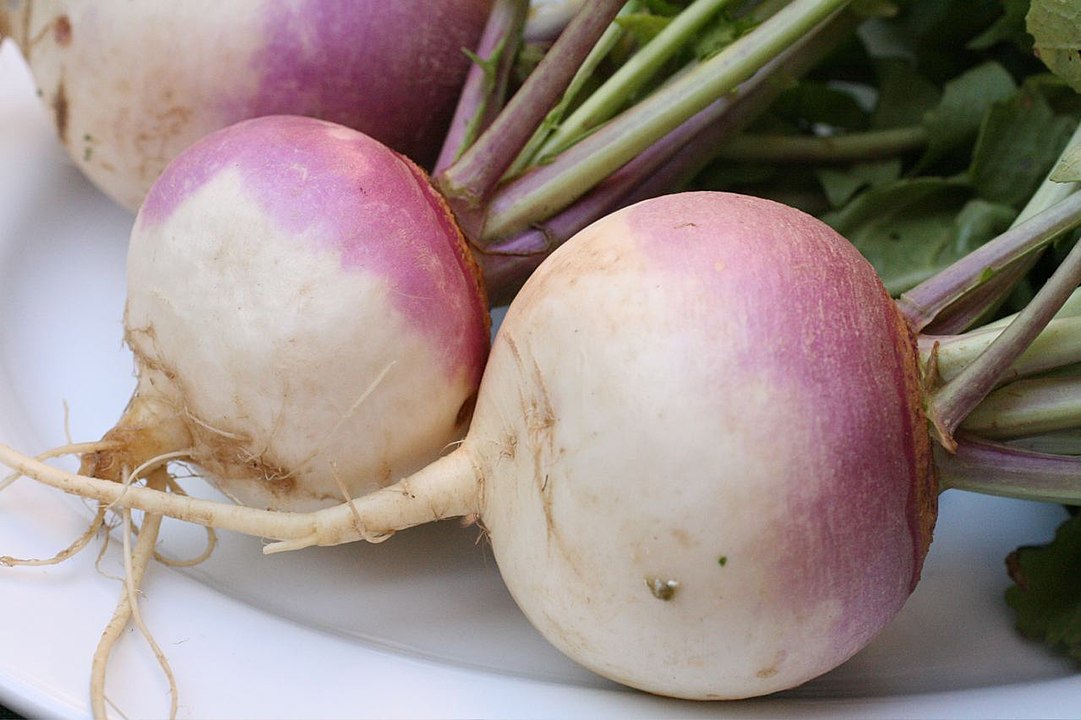
Before pumpkins, sturdy turnips and swedes carried the season. Some were carved into lanterns, but most met salt, fat, and fire. Roasting drew out sweetness and tamed bitter edges, while leftover mash slipped under gravy or stewed meats. The roots stored well through cold months, which made them anchors of autumn tables. In parts of Scotland and Ireland, neeps still provide that comfort, proof that humble vegetables can hold a celebration’s center with ease.
Toffee Apples
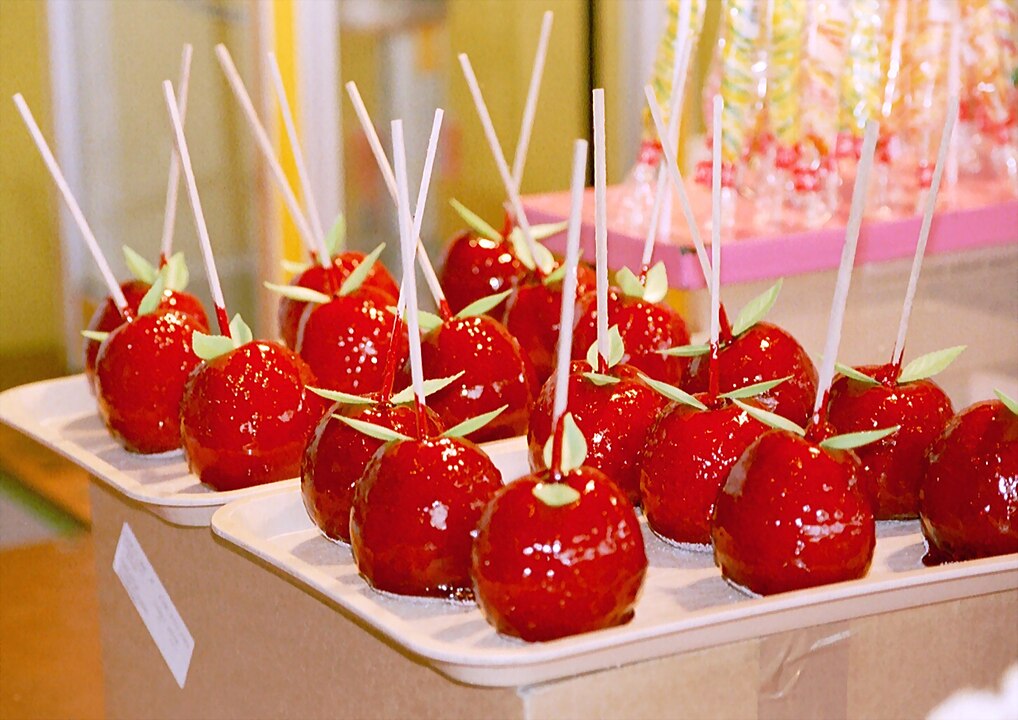
Sugared apples feel modern, yet the pairing reaches back to older harvest rites. Apples stood for health and renewal; boiled sweets arrived with sugar trade and good pans. Dipping crisp fruit into glossy toffee linked orchard work to street-side spectacle, with a firm shell that traveled well on a cold night. The treat sits at a crossroads where preservation, theater, and season meet, and every bite returns to the same bright snap and breath of spice.
Hazelnuts And Fortune Games
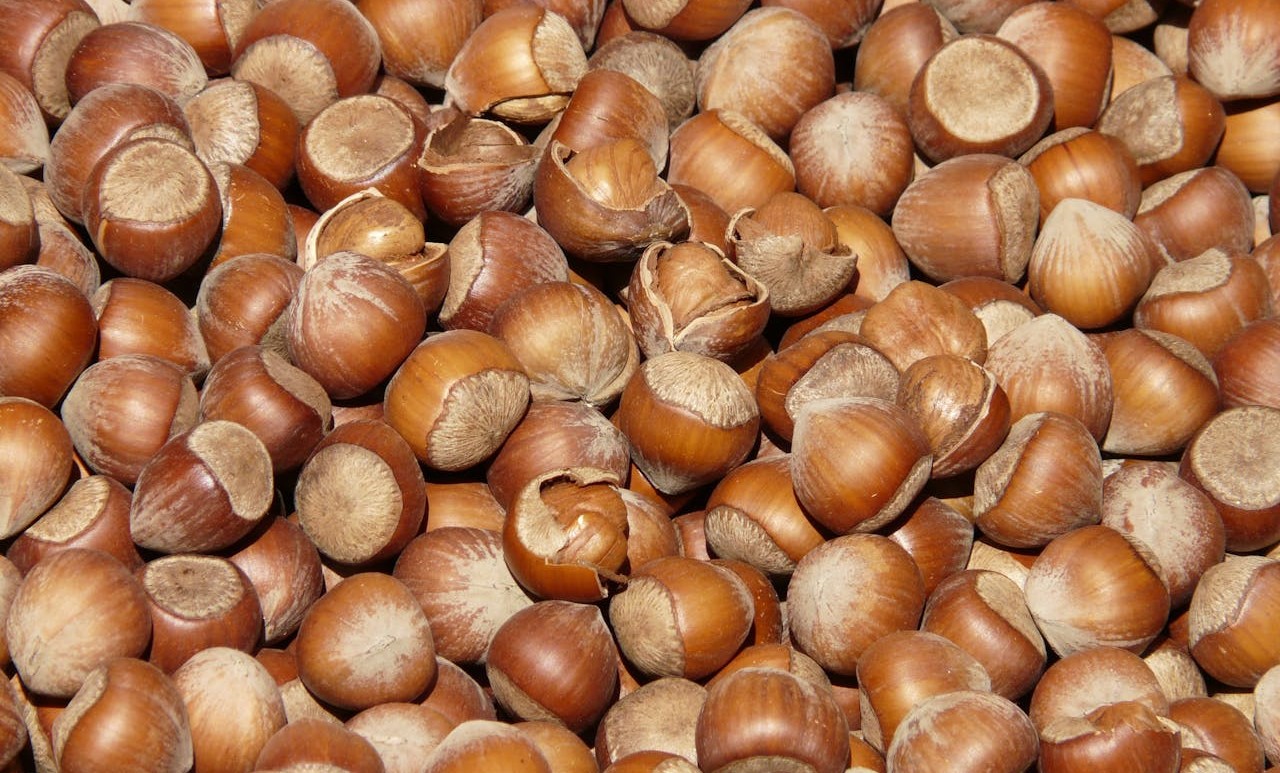
Autumn fires once hosted quiet trials of fate with nuts tossed into embers. Lovers named hazelnuts and watched how they flared or sat, reading steadiness or spark as a sign. The game threaded through Scotland and Ireland, part parlor play, part divination, and entirely social. Nuts stored easily and tasted right with smoke, so bowls sat on tables while stories stretched. Even without fortune reading, the ritual kept hands busy and rooms companionable in long evenings.
Mulled Cider And Wassail

Spiced cider warms more than hands. It descends from orchard-blessing customs that thanked trees for fruit and coaxed next year’s yield. Hot apple drink met cinnamon, clove, and sometimes ale, turning communal bowls into small ceremonies. Steam, citrus peel, and a passing ladle made hospitality visible. Modern mugs carry the idea forward: sweetness, heat, and a polite reason to linger while the night moves past gates and porches, and neighbors settle into unhurried talk.
Marzipan Bones
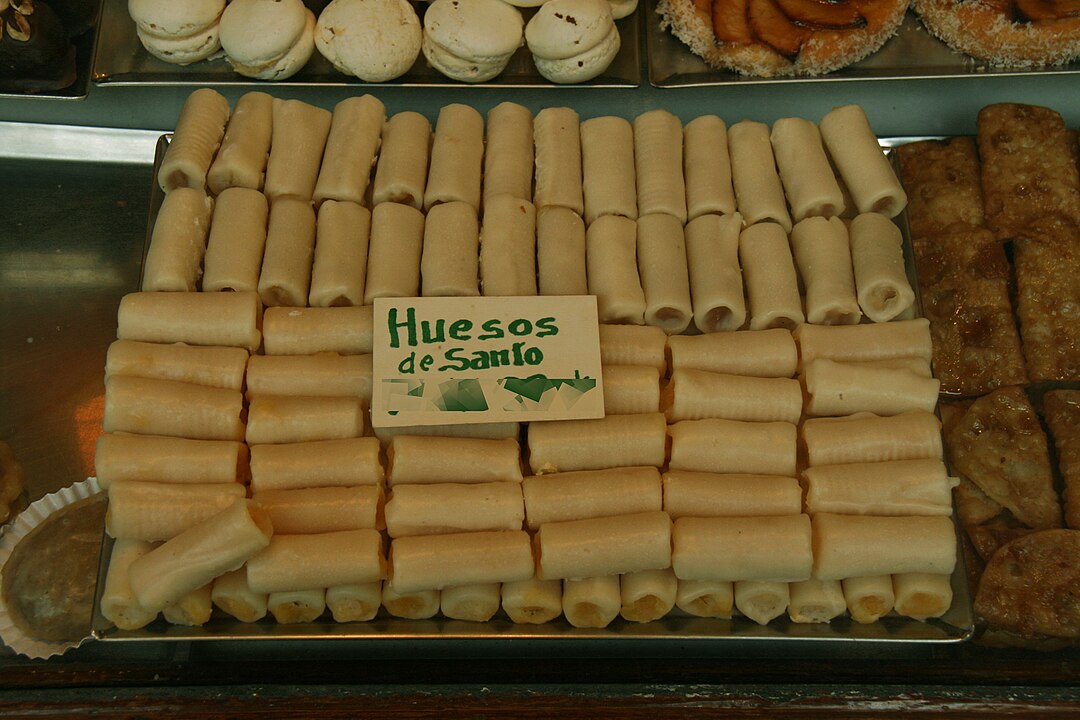
Across parts of Italy and Spain, almond paste shaped into bones or small figures appears near early Nov. remembrances. Ground almonds, sugar, and citrus or rose water create a smooth richness that keeps well and travels better. The forms nod to memory and mortality without gloom. Bakers tint edges, pipe delicate lines, and stack trays like tiny reliquaries of skill. The flavor predates many candies on modern tables, and it still feels timeless in its clean, fragrant bite.

